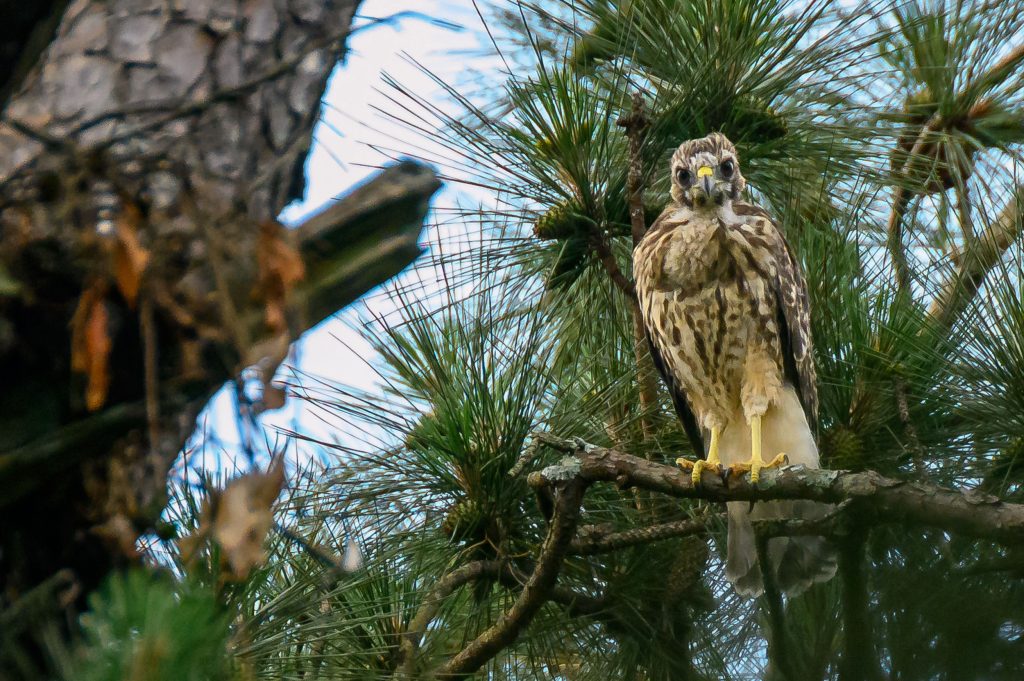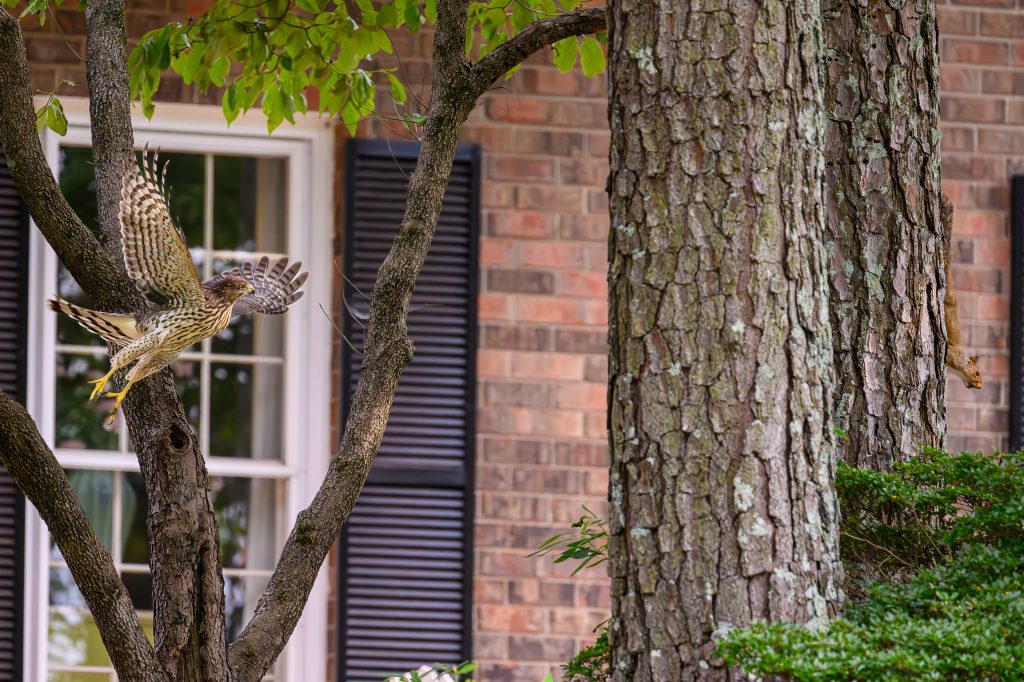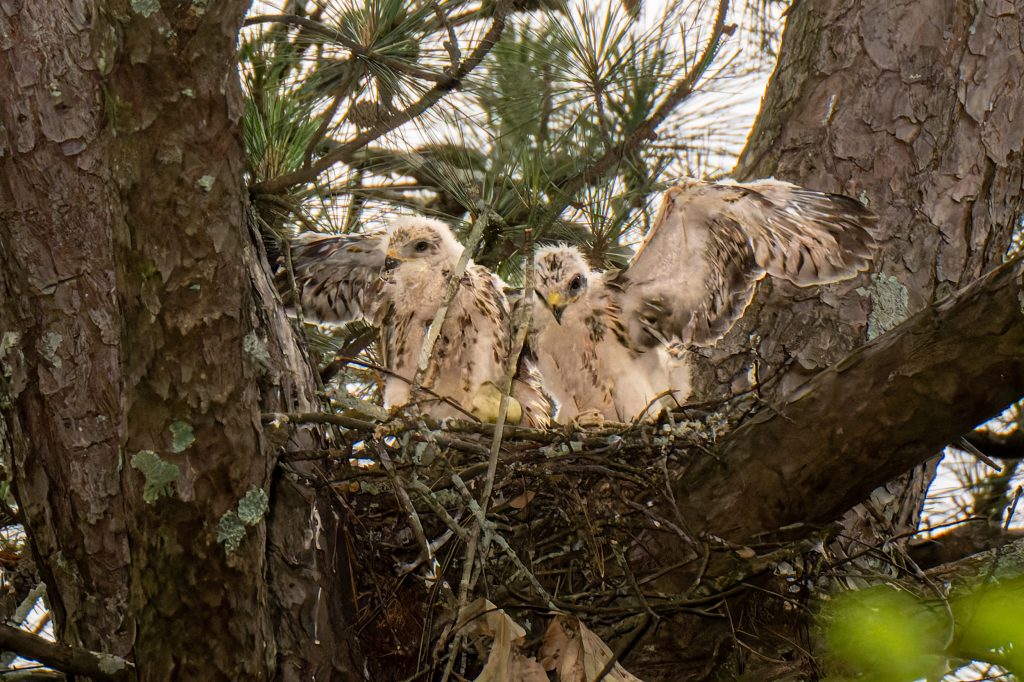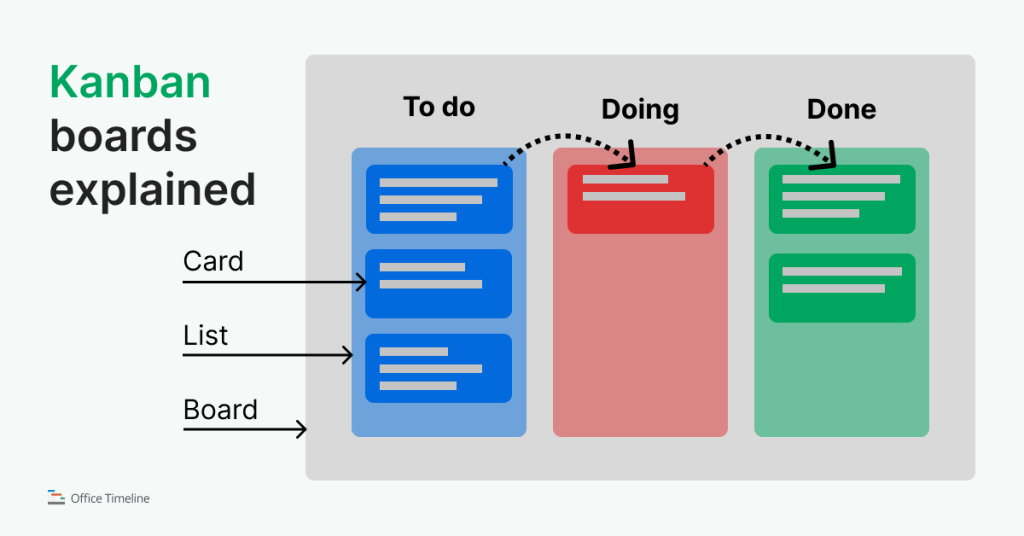In today’s visually driven world, selecting the right photo can significantly affect how your audience engages with your content. Whether promoting a nonprofit cause or marketing a business, the right image can capture attention, evoke emotions, and tell a compelling story. Here’s a guide to help you pick the best photo to engage your audience effectively.
The Top Question to Ask
Does this photo tell a compelling story or evoke an emotional response?
This is the most crucial question you need to answer. A photo that tells a story or evokes an emotional response will naturally engage your audience more effectively. It’s the emotional connection that makes a photo memorable and impactful.
Additional Questions to Consider
- Is the subject of the photo clear and well-composed?
- Ensure the main subject is easily identifiable and the composition draws the viewer’s eye to the focal point. Clarity and focus are crucial to keeping the viewer’s attention.
- Is the photo high-quality in terms of resolution, lighting, and clarity?
- A technically sound photo with good lighting, sharp focus, and high resolution is essential for a professional look. High-quality images reflect well on your brand.
- Does this photo align with our brand identity and message?
- The image should be consistent with your brand’s tone, style, and values. It should reinforce what your brand stands for and the message you want to convey.
- Is the photo relevant to the content it accompanies?
- The image should enhance and complement the text or video paired with it, providing context and relevance. Irrelevant images can confuse the audience and dilute your message.
- Does the photo stand out in a crowded feed?
- Consider whether the image is visually striking enough to capture attention amidst other content. Unique and eye-catching photos are more likely to stop a user from scrolling past.
- Is there a clear context or setting in the photo?
- Photos with a recognizable context or setting can help tell a more detailed story and make the image more relatable. Context adds depth to your narrative.
- Is the photo culturally sensitive and appropriate for our audience?
- Ensure the image is respectful and appropriate for your target audience, considering cultural and social norms. Sensitivity to these factors can prevent misunderstandings and backlash.
- Does the photo include a human element or emotional expression?
- Images featuring people, especially with visible emotions, tend to connect better with viewers. The human element makes your content more relatable and engaging.
- Is the photo unique and authentic?
- Authentic and unique photos stand out more than generic or staged images, making them more engaging. Authenticity builds trust with your audience.
- Does the photo inspire action or provoke thought?
- An engaging photo should encourage the viewer to think, feel, or act in a specific way, supporting your call to action. The best photos motivate and inspire.
- Is the photo versatile for different platforms and uses?
- Consider if the image can be effectively used across various platforms (social media, website, print) and formats (thumbnail, banner, etc.). Versatility ensures you get the most out of each image.
Conclusion
Choosing the right photo involves more than just picking a pretty picture. It requires a strategic approach to ensure the image attracts attention, effectively conveys your message, and resonates with your audience. Remember, the top priority is to choose a photo that tells a compelling story or evokes an emotional response. By asking these additional questions, you can ensure that your visuals support your overall communication goals and maximize engagement.
Investing in high-quality visuals, especially those created by seasoned professionals, can significantly enhance your marketing efforts. Professionals bring technical proficiency and storytelling skills crucial for creating impactful images. This investment ensures that the money spent on videos and text content is supported by strong visuals, maximizing the overall impact of your campaigns.
For expert advice and services in creating powerful visual content, contact Stanley Leary, your trusted storyteller and brand builder.
Stay connected, and let’s create visuals that resonate and inspire action!
Thank you for being part of our journey to making impactful visual storytelling a reality. Together, let’s create visuals that resonate and inspire action.
Best regards,
Stanley Leary















 #NatureWatch #WildlifePhotography #BabyHawks [NIKON Z 9, NIKKOR Z 100-400mm f/4.5-5.6 VR S Z TC-1.4x, Mode = Manual, ISO 5000, 1/3200, ƒ/11, (35mm = 560)] Cropped 2X in post
#NatureWatch #WildlifePhotography #BabyHawks [NIKON Z 9, NIKKOR Z 100-400mm f/4.5-5.6 VR S Z TC-1.4x, Mode = Manual, ISO 5000, 1/3200, ƒ/11, (35mm = 560)] Cropped 2X in post































